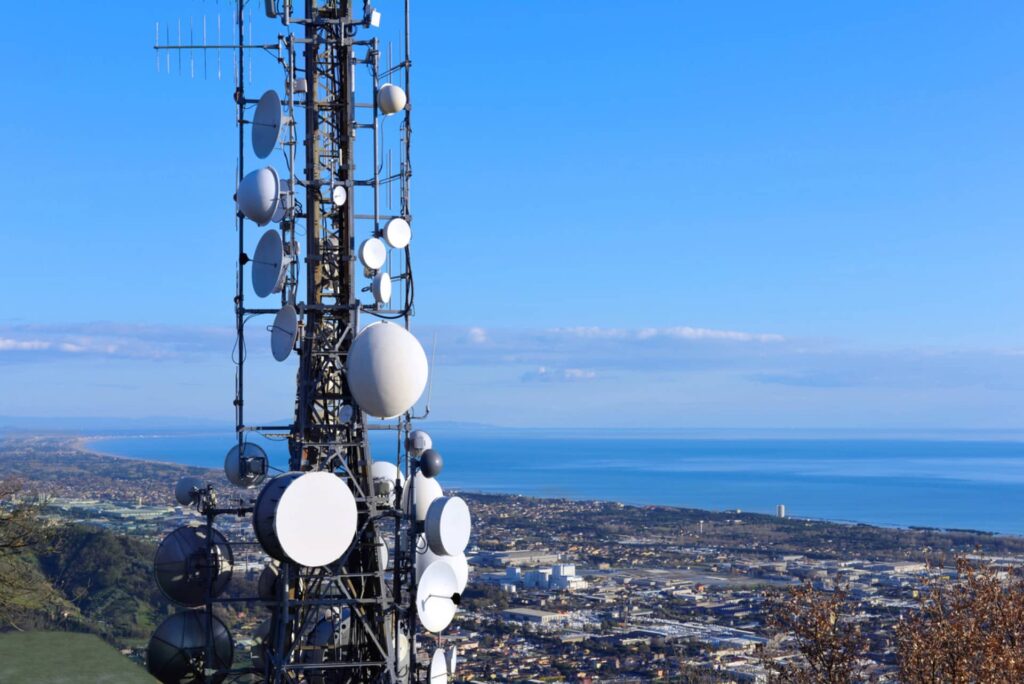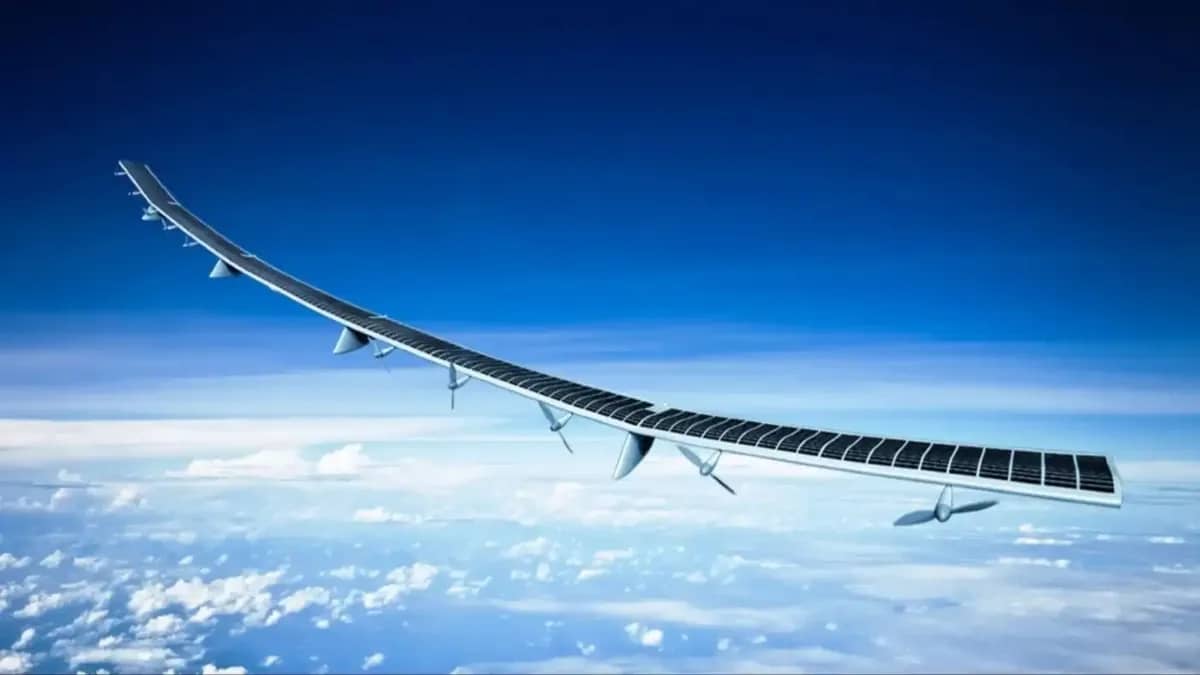Japan is about to make a significant leap forward in the telecommunications sector, with the launch of a revolutionary technology: solar-powered flying 5G mobile stations. This innovation, known as High Altitude Platform Stations (HAPS), promises to significantly extend network coverage, using unmanned vehicles flying in the stratosphere.
With an agreement recently reached regarding radio frequencies, the country of the Land of the Rising Sun is preparing to provide an innovative solution to overcome the challenges linked to network coverage in remote and underserved areas.
The evolution of telecommunications
High Altitude Platform Stations (HAPS) are a qualitative leap in the field of telecommunications, a bit like that Starlink he did with satellites. Unlike traditional ground stations, HAPS operate in the stratosphere, offering much broader coverage. This means that a single HAPS can provide network services in an area that would normally require dozens of ground stations.
Their elevated position and ability to remain in the air for extended periods make HAPS particularly suitable for geographically complex areas or for regions where building network infrastructure is logistically difficult or economically unsustainable.
Flying 5G stations: the potential global impact

The Japanese 5G flying station project is not local: it can offer a revolutionary solution to address inequality in Internet access.
With more than five billion Internet users worldwide, the need for reliable and extensive network coverage is more critical than ever. I think of Africa, where only 24% of the population has access to the Internet: Areas like these could benefit greatly from this technology, which overcomes the challenges of installing ground stations in remote locations. This is why we need to work on it.
The technological challenge and international collaboration
To realize the potential of HAPS, globally uniform technology standards are needed. The World Radiocommunications Conference, held in the United Arab Emirates, represented a crucial step in this direction. With the participation of delegates from 163 countries, the event marked the adoption of the Japanese proposal to use specific frequency bands as international standards for flying stations.
This decision not only facilitates the spread of HAPS globally, but also paves the way for broader international cooperation in the field of telecommunications.
We are one year away from the official launch (expected in the first months of 2025) and many nations are waiting with interest. Flying stations can build a future where Internet access is free for all, regardless of geography, and the digital divide is a thing of the past.


